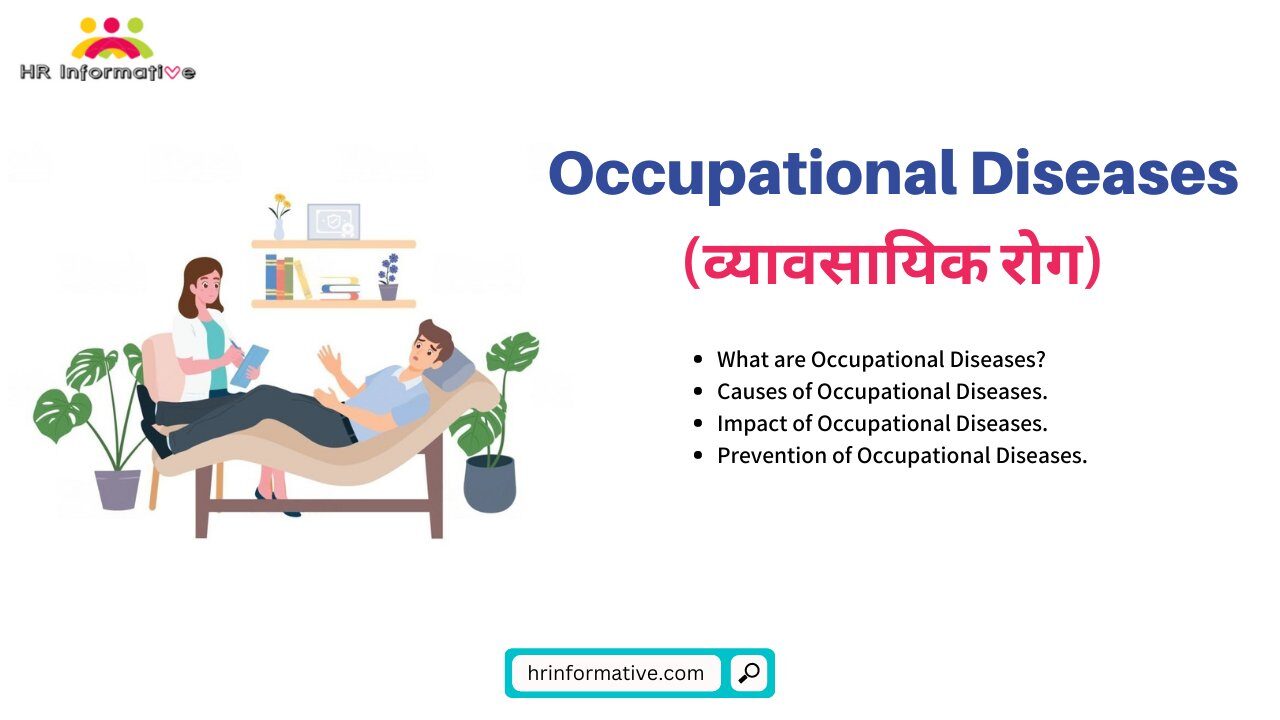Introduction
India, a diverse and dynamic country, is home to a multitude of organizations that play crucial roles in its economic, social, and cultural development. These organizations come in various forms, catering to different sectors, objectives, and legal frameworks. In this article, we will explore and delve into the different types of organizations in India, ranging from governmental bodies to non-profit organizations and private enterprises.
1. Governmental Organizations
a) Central Government Organizations
Central government organizations in India are established and operated by the central government, which is responsible for governing the entire country. These organizations include various ministries, departments, and agencies that carry out the administrative functions of the central government. Examples of central government organizations in India include the Reserve Bank of India (RBI), the Ministry of Finance, and the Ministry of External Affairs.
b) State Government Organizations
State government organizations are established and operated by individual state governments within India. These organizations are responsible for implementing policies and providing services at the state level. Examples of state government organizations include the State Police Departments, State Electricity Boards, and State Transport Corporations.
2. Public Sector Undertakings (PSUs)
Public Sector Undertakings, also known as PSUs, are government-owned corporations or companies that operate in various sectors of the economy. These organizations are established to fulfill specific objectives such as infrastructure development, industrial growth, and providing essential services. PSUs can be classified into two types: Central Public Sector Enterprises (CPSEs) and State Public Sector Enterprises (SPSEs). Examples of well-known PSUs in India include Bharat Heavy Electricals Limited (BHEL), Oil and Natural Gas Corporation (ONGC), and Air India.
3. Non-Governmental Organizations (NGOs)
Non-Governmental Organizations, commonly referred to as NGOs, are private organizations that operate independently of the government. These organizations are driven by social, cultural, environmental, or humanitarian objectives. NGOs in India work towards various causes such as poverty alleviation, education, healthcare, women’s empowerment, and environmental conservation. Some prominent NGOs in India include Oxfam India, CRY (Child Rights and You), and HelpAge India.
4. Private Sector Organizations
Private sector organizations in India are owned and operated by private individuals or entities. They play a vital role in driving economic growth and providing employment opportunities. There are several forms of private sector organizations in India:
a) Sole Proprietorship
A sole proprietorship is the simplest and most common form of business organization. It is owned and managed by a single individual who assumes all the risks and enjoys all the profits. The proprietor has complete control over the business and is personally liable for its debts and obligations.
b) Partnership Firm
A partnership firm is a business organization formed by two or more individuals who agree to contribute resources and share profits or losses. Partnerships are governed by a partnership deed that outlines the terms and conditions of the partnership. Partners share the responsibilities, risks, and liabilities of the business. This structure is common in professional services, such as law firms and consultancy firms.
c) Limited Liability Partnership (LLP)
A Limited Liability Partnership is a hybrid form of organization that combines the features of a partnership and a private limited company. It provides the benefits of limited liability to its partners while allowing them to actively participate in the management of the business. LLPs are governed by the Limited Liability Partnership Act, 2008. LLPs are popular in sectors like professional services and startups.
d) Private Limited Company
A private limited company is a separate legal entity owned by shareholders. Private limited companies in India must have a minimum of two shareholders and can have a maximum of 200 shareholders. The liability of the shareholders is limited to the extent of their shareholding in the company. These companies are regulated by the Companies Act of 2013. This structure is widely used by small and medium-sized enterprises (SMEs) and startups.
e) Public Limited Company
A public limited company is a large-scale business organization that offers its shares to the public through an initial public offering (IPO). It has a minimum of seven shareholders, and there is no upper limit on the maximum number of shareholders. Public limited companies are subject to more extensive regulations and are listed on stock exchanges. Examples include Tata Motors, Infosys, and Reliance Industries.
5. Cooperative Societies
Cooperative societies are organizations formed by a group of individuals who come together to meet their common economic, social, or cultural needs and aspirations. These societies are based on the principles of mutual assistance and cooperation. Cooperative societies in India operate in various sectors such as agriculture, dairy, housing, banking, and consumer goods. Amul, the largest dairy cooperative in India, is a prominent example.
Conclusion
India boasts a diverse landscape of organizations, each serving a specific purpose and contributing to the country’s progress. From government bodies and public sector undertakings to NGOs and private enterprises, these organizations collectively shape India’s economic and social fabric. Understanding the different types of organizations helps in comprehending their roles, objectives, and contributions to the nation’s development.
FAQs
Q1: What are the types of government organizations in India?
Ans: Government organizations in India can be classified into two main types: central government organizations and state government organizations.
Q2: What are the different types of private sector organizations in India?
Ans: Private sector organizations in India can take various forms, including sole proprietorship, partnership firms, limited liability partnerships (LLPs), private limited companies, and public limited companies.
Q3: How are private limited companies regulated in India?
Ans: Private limited companies in India are regulated by the Companies Act of 2013. This legislation outlines the legal framework and requirements for the incorporation, functioning, governance, and dissolution of private limited companies.
You May Read Also :




